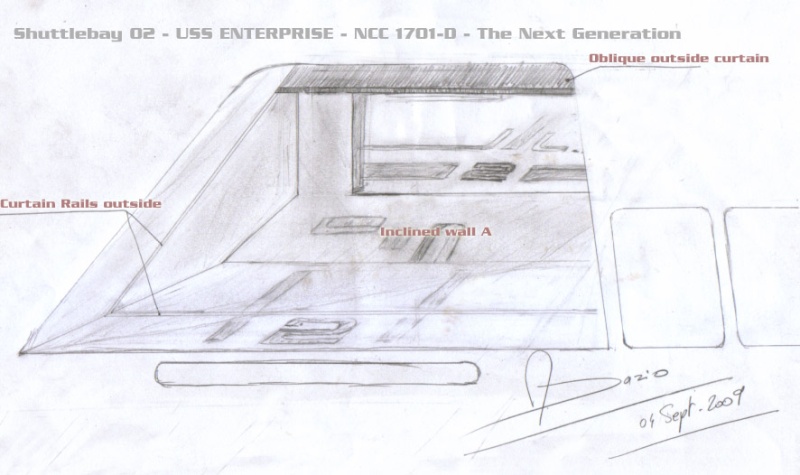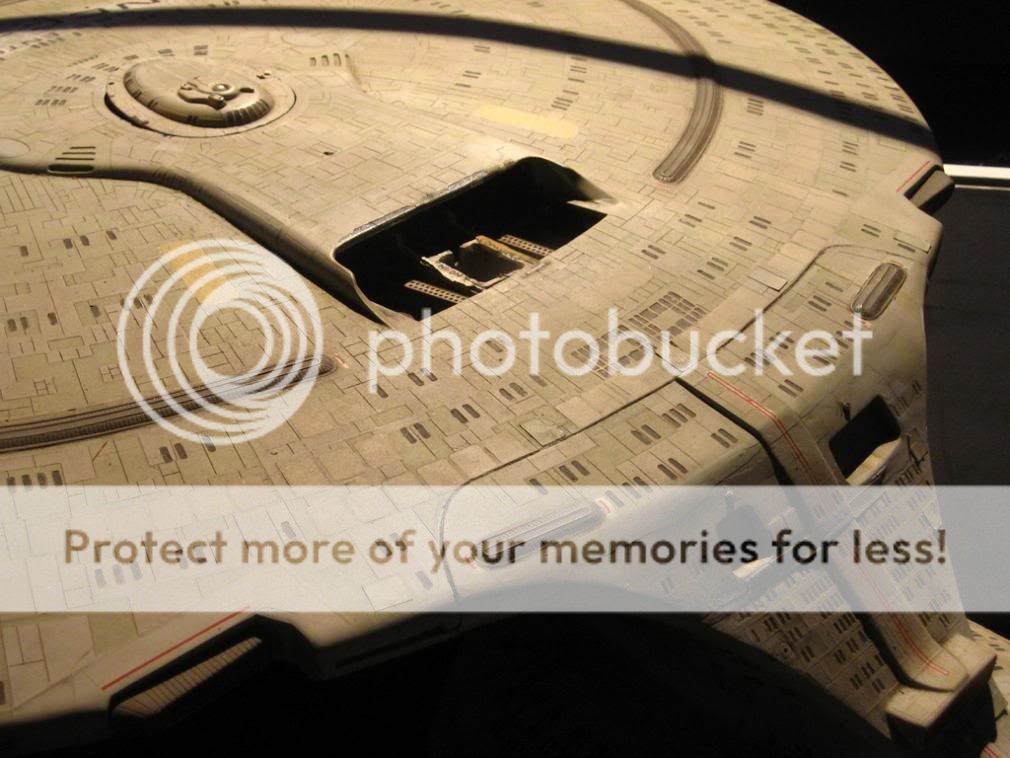In TNG, on the outside of the Enterprise-D, shuttle bay doors 2 and 3 are slanted to match the shape of the "hill" on the back of the neck of the star drive section.
But in the inside shots of those shuttle bays, the doors are shown as being completely flat and going straight up.
Now my question is, what is up with that? I mean, why did the doors change shape from outside to inside? Was it supposed to be like that in the Trek universe? Or did it have something to do with the show's budget and perhaps the makers of TNG couldn't afford to build a shuttle bay set that had the door being slanted (which would be silly, because I can't imagine building a set which had the door slanted would be that much more expensive than building it the way they built it).
But in the inside shots of those shuttle bays, the doors are shown as being completely flat and going straight up.
Now my question is, what is up with that? I mean, why did the doors change shape from outside to inside? Was it supposed to be like that in the Trek universe? Or did it have something to do with the show's budget and perhaps the makers of TNG couldn't afford to build a shuttle bay set that had the door being slanted (which would be silly, because I can't imagine building a set which had the door slanted would be that much more expensive than building it the way they built it).

Last edited:




